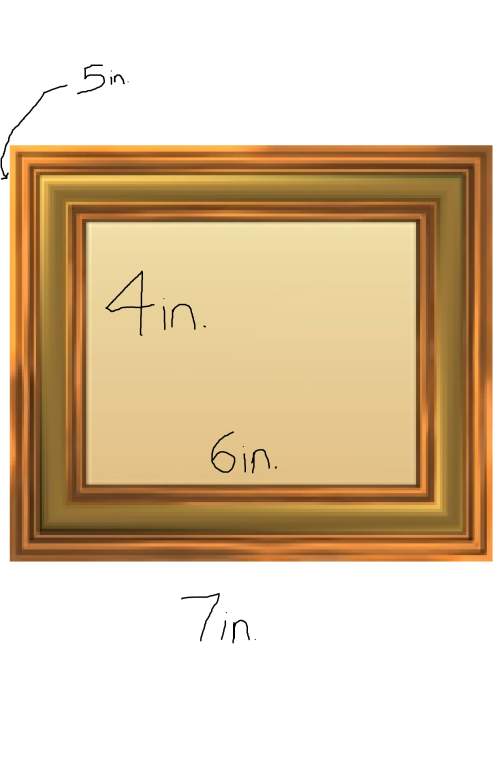
Mathematics, 14.07.2019 07:30 patrickgonzalezjr13
In this problem we use the change of variables x=5s+tx=5s+t, y=s−ty=s−t to compute the integral ∫r(x+y)da∫r(x+y)da, where rr is the parallelogram with vertices (x, y)=(0,0)(x, y)=(0,0), (5,1)(5,1), (6,0)(6,0), and (1,−1)(1,−1).

Answers: 1


Other questions on the subject: Mathematics

Mathematics, 21.06.2019 20:00, ElizabethF
Aball is dropped from a height of 10m above the ground. it bounce to 90% of its previous height on each bounce. what is the approximate height that the ball bounce to the fourth bounce?
Answers: 2

Mathematics, 21.06.2019 21:00, carissaprocacci
Tessa bought stock in a restaurant for $253.00. her stock is now worth $333.96. what is the percentage increase of the value of tessa's stock? a.) 81% b.) 32% c.) 24% d.) 76%
Answers: 1

Mathematics, 21.06.2019 22:30, ashleywoo21361
Assume that y varies inversely with x. if y=1.6 when x=0.5 find x when y=3.2
Answers: 1

Mathematics, 21.06.2019 22:30, hannahkharel2
What is the least common multiple for 6 and 8? what is the least common multiple for 4 and 12 ? what is the least common multiple for 11 and 12? what is the least common multiple for 3 and 6?
Answers: 1
You know the right answer?
In this problem we use the change of variables x=5s+tx=5s+t, y=s−ty=s−t to compute the integral ∫r(x...
Questions in other subjects:

English, 24.07.2019 11:20

History, 24.07.2019 11:20



Physics, 24.07.2019 11:20

SAT, 24.07.2019 11:20

History, 24.07.2019 11:20

Mathematics, 24.07.2019 11:20


Biology, 24.07.2019 11:20




 plane correspond to the following points in the
plane correspond to the following points in the  plane:
plane:



 is mapped to a square
is mapped to a square  in the
in the 




